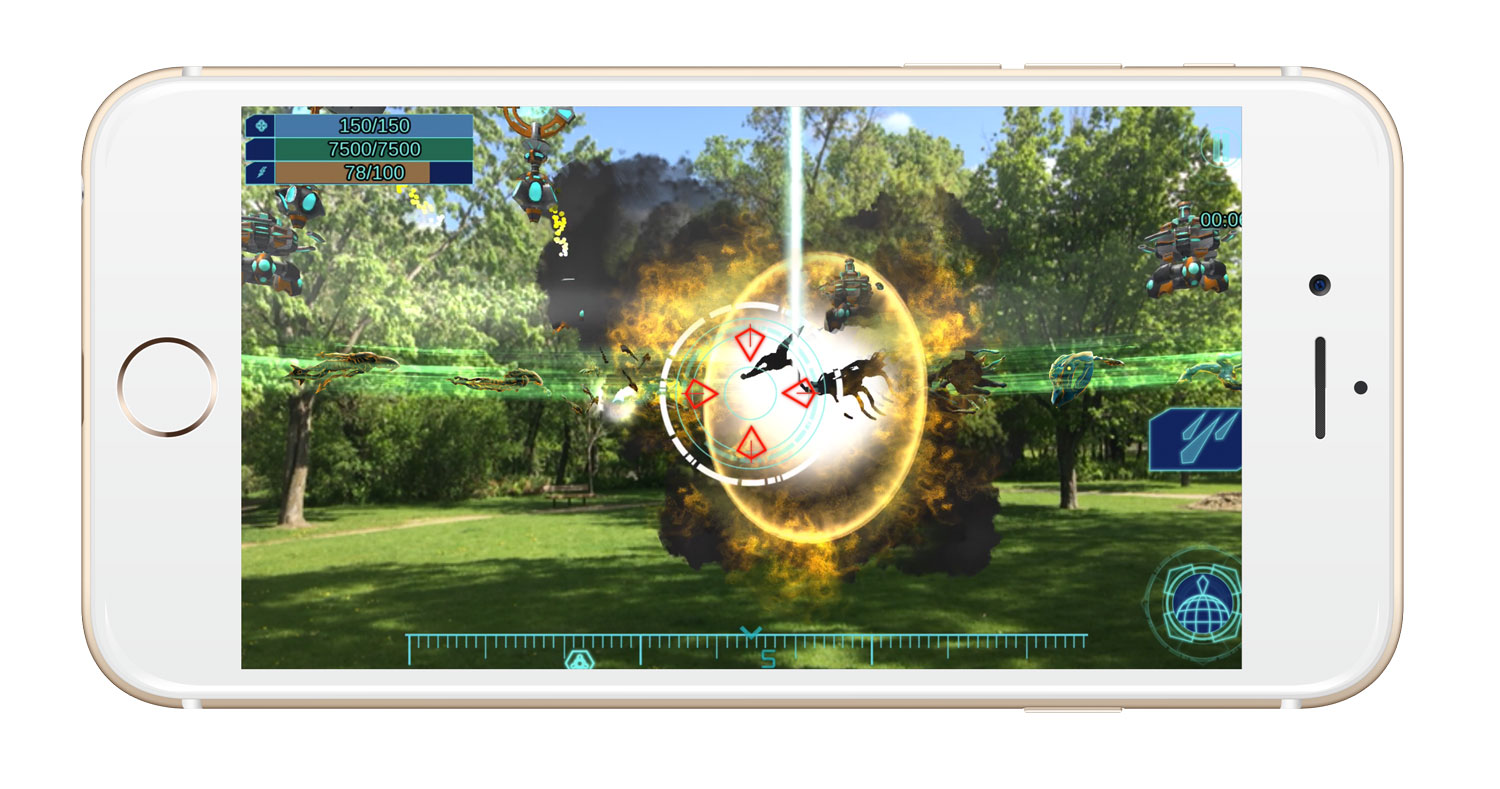I hate taking the bus. I absolutely despise it. I’ve lived in Winnipeg for 22 years and yet, no amount of Winnipeg Transit experience prepares me for the pure misery I feel as I stand outside in -30 C weather, waiting for a bus that will never come. I’m never sure why it won’t come. Maybe it broke down as a result of the unbearably cold weather. Maybe the bus driver was ahead of schedule, blew past my stop 10 minutes ago, and is now sitting comfortably at Confusion Corner, wondering why the bus is so empty this morning. Either way, I’m still cold, pissed off and late for class.
Lacking both a license and the will to drive a car, my transportation options in the winter are limited. I can take the bus or I can ride my bicycle. I could also walk, but I don’t fancy leaving my house two hours before class starts. Up until a few years ago, riding a bicycle in the winter sounded ridiculous. I can barely handle the walk from my apartment to the bus stop without freezing exposed skin. How could anyone handle upwards of an hour braving not just the bitter cold, but all that snow?
It’s actually a lot easier than it looks. For one, the snow is much less of a problem than it seems. Unless there has been a recent dumping of snow, the major roads in Winnipeg are about as dry as they are in the summer. There may be the occasional patches of ice or build-ups of snow, but not as many as you would think. Even when it has recently snowed, a good pair of knobby tires and a slow pace should be enough to keep you upright. Other than your tires, there aren’t a lot of changes that need to be made to your bike. You’ll have to do a little extra maintenance, making sure you clean and lube your chain frequently, especially once it gets slushy outside. If you know you’ll be out past 5 p.m., invest in some good bicycle lights.
What you wear while you’re riding is going to have a huge effect on your winter cycling experience. Too little clothing and you’ll find yourself cold, and probably in pain very quickly. Too much clothing will make you sweat, and weigh you down. The best way to prevent either is with an army of layers.
Upper body
Your base layer should be something that will wick sweat away from your body. This keeps you dry, a crucial part of staying warm. Your second layer should be a fleece or other type of breathable insulation. This layer is meant to keep your body warm. Depending on how good this layer is at keeping you warm, you may want more than one insulating layer. The final layer should be wind-resistant, to keep in warmth, and keep out the cold winter wind.
Legs
How many layers you wear on your lower body depends mostly on personal preference. While some cyclists recommend a similar layering system to the upper body, I’ve found the final wind-resistant layer to be generally unnecessary unless there is a lot of slush on the road. Even then, I am more concerned with water-resistance than wind-resistance.
Hands and feet
Unlike your upper body and legs, your hands and feet are much less likely to warm up as you ride. Especially in extremely low temperatures, your extremities are the first to feel the cold. Lobster claw mittens are popular, but a little pricey. I usually wear two pairs of gloves, making sure that the outer pair is wind-proof. Ski gloves work well, and are usually not too expensive. Two pairs of socks are a good idea on your feet as well. A pair of thick wool socks over thinner, preferably wicking socks, should do well. The shoes you wear are more or less up to you. Some people wear hiking boots, but they can feel very heavy. I just use my summer cycling shoes, and if it is particularly cold or wet, some cycling shoe covers on top.
Head and face
How you keep your head and face warm depends a lot on the weather. While a neck warmer and toque under your helmet might be enough on a mild day, you should definitely be prepared to cover all your exposed skin when it gets really cold. A balaclava is pretty well a must, as well as possibly a toque and neck warmer overtop. You might also want to use ski goggles if your eyes are sensitive to the cold. It may take a few tries to figure out what works best for you. My brother rides the whole winter with almost no face protection, while I suit up in full balaclava gear even when it’s only -10 C. You should also make sure you can breathe well under all of your gear. Many balaclavas only come with a nose opening, so if you know you normally take deep breaths through your mouth while riding, you should make sure to find something with a mouth hole.
If you’re not up for riding on treacherously cold days that doesn’t mean you need to keep your bicycle in storage for the next two months. You can always take the bus once in awhile and still save $50 a month on bus fare, not to mention a large portion of your sanity. Cycling in the winter isn’t an all-or-nothing activity, and it’s easier than you think.



